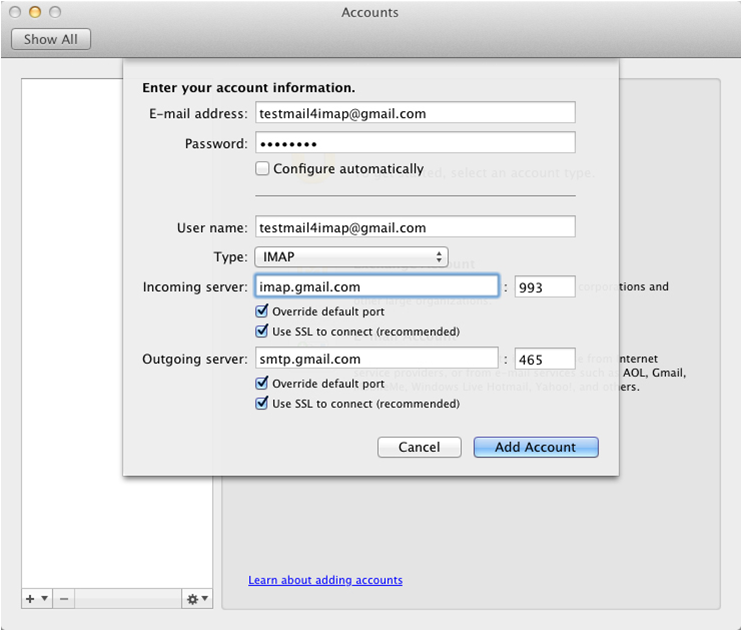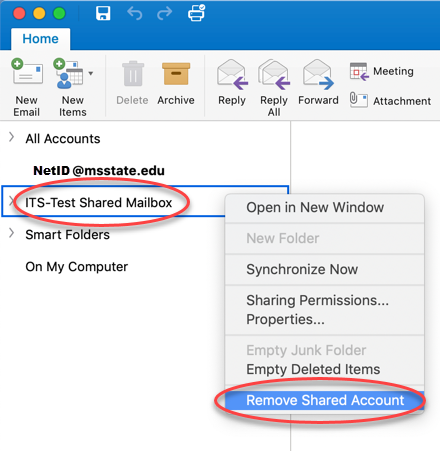

- #LOCATION OF MICROSOFT OUTLOOK MAC INSTALL#
- #LOCATION OF MICROSOFT OUTLOOK MAC SOFTWARE#
- #LOCATION OF MICROSOFT OUTLOOK MAC PC#
- #LOCATION OF MICROSOFT OUTLOOK MAC OFFLINE#
In the Value data box, type the new folder path where you want to keep the. Then right-click on the ForceOSTPath registry key and then choose Modify. Then right-click on Outlook, choose New> Expandable String Value. Replace xx.0 with your version of Outlook (16.0 = Office 2016, Office 365 and Office 2019, 15.0 = Office 2013). HKEY_CURRENT_USER\Software\Microsoft\Office\xx.0\Outlook Then navigate to following registry key,. For instance, you can create and set the ForceOSTPath registry value. Yes, there are a few ways and workarounds that you can follow to change the default location of the OST file. #LOCATION OF MICROSOFT OUTLOOK MAC INSTALL#
Simply copy the folder path and paste in the File Explorer to open the OST file locationĪgain, if for some reason, the OST file can’t be located, download, install and run Stellar Converter for OST to find the OST file and export the OST data to PST file.
You will find the OST file location in the ‘ File:’ field. #LOCATION OF MICROSOFT OUTLOOK MAC OFFLINE#
Click on the Advanced tab and then click the Offline Folder File Settings. Click on ‘ More Settings’ in the ‘ Change E-mail Account’ dialog box. Select the email account from the list and click Change. Click on More Settings and under the Advanced tab, click Offline Folder File Settings. From the list, choose Microsoft Exchange Server and click Change. Then click on Accounts Settings and Account Settings again.  This opens the location where OST file is stored. Then click ‘ Open File Location…’ button. OST file from the list that belongs to your account (which you want to locate) Click on the ‘ Data Files’ tab and select the. Click ‘ Account Settings’ and then select ‘ Account Settings’. To locate OST file in MS Outlook 2013 and above versions, follow these steps, Steps to Find OST Location in MS Outlook 2019, 2016, & 2013 If you can’t navigate to the default location, follow these steps based on the MS Outlook version installed on your system to quickly find the OST file location on your Windows PC. You can manually follow or copy the path URL provided in the above table to locate the. However, the location varies based on the MS Outlook and Windows version installed on your system.īelow mentioned is the default location of. OST file is stored in the ‘ AppData’ or ‘ Application Data’ folder of the Windows user account.
This opens the location where OST file is stored. Then click ‘ Open File Location…’ button. OST file from the list that belongs to your account (which you want to locate) Click on the ‘ Data Files’ tab and select the. Click ‘ Account Settings’ and then select ‘ Account Settings’. To locate OST file in MS Outlook 2013 and above versions, follow these steps, Steps to Find OST Location in MS Outlook 2019, 2016, & 2013 If you can’t navigate to the default location, follow these steps based on the MS Outlook version installed on your system to quickly find the OST file location on your Windows PC. You can manually follow or copy the path URL provided in the above table to locate the. However, the location varies based on the MS Outlook and Windows version installed on your system.īelow mentioned is the default location of. OST file is stored in the ‘ AppData’ or ‘ Application Data’ folder of the Windows user account. 
It uses an advanced algorithm to extract the mailbox data from the OST file, with 100% precision and integrity.
#LOCATION OF MICROSOFT OUTLOOK MAC SOFTWARE#
You can then use the software to extract the mailbox items from an orphaned OST file and back up or migrate your data in OST file to a different Outlook account.
#LOCATION OF MICROSOFT OUTLOOK MAC PC#
It finds and lists all available OST files stored on your PC along with their location.

The software helps you find the OST file location on your system by scanning the drive. If your Exchange profile is deleted from the server or you can’t access your Outlook account for some reason, you can convert the OST file to PST by using Stellar Converter for OST.
To backup OST data, when Outlook Import/Export wizard is not accessible. To change the OST file default location due to storage space issue. To convert OST file to Outlook importable PST when Exchange profile is deleted or disabled from the Exchange server. Outlook displays message to delete Outdated OST file to recreate new. There could be several reasons that may force an MS Outlook user to locate the OST file. The changes that are made while the system is offline are synchronized immediately to the Exchange or IMAP server. This helps users to access their mailbox data even when the system isn’t connected to the internet. The file keeps an offline copy of your mailbox data on the server containing emails, attachments, contacts, calendar items, tasks, etc. Offline Storage Table or OST is an Outlook data file that is created when you sign in to MS Outlook by using MS Exchange, Office 365, or IMAP accounts (with cached mode enabled).








 0 kommentar(er)
0 kommentar(er)
